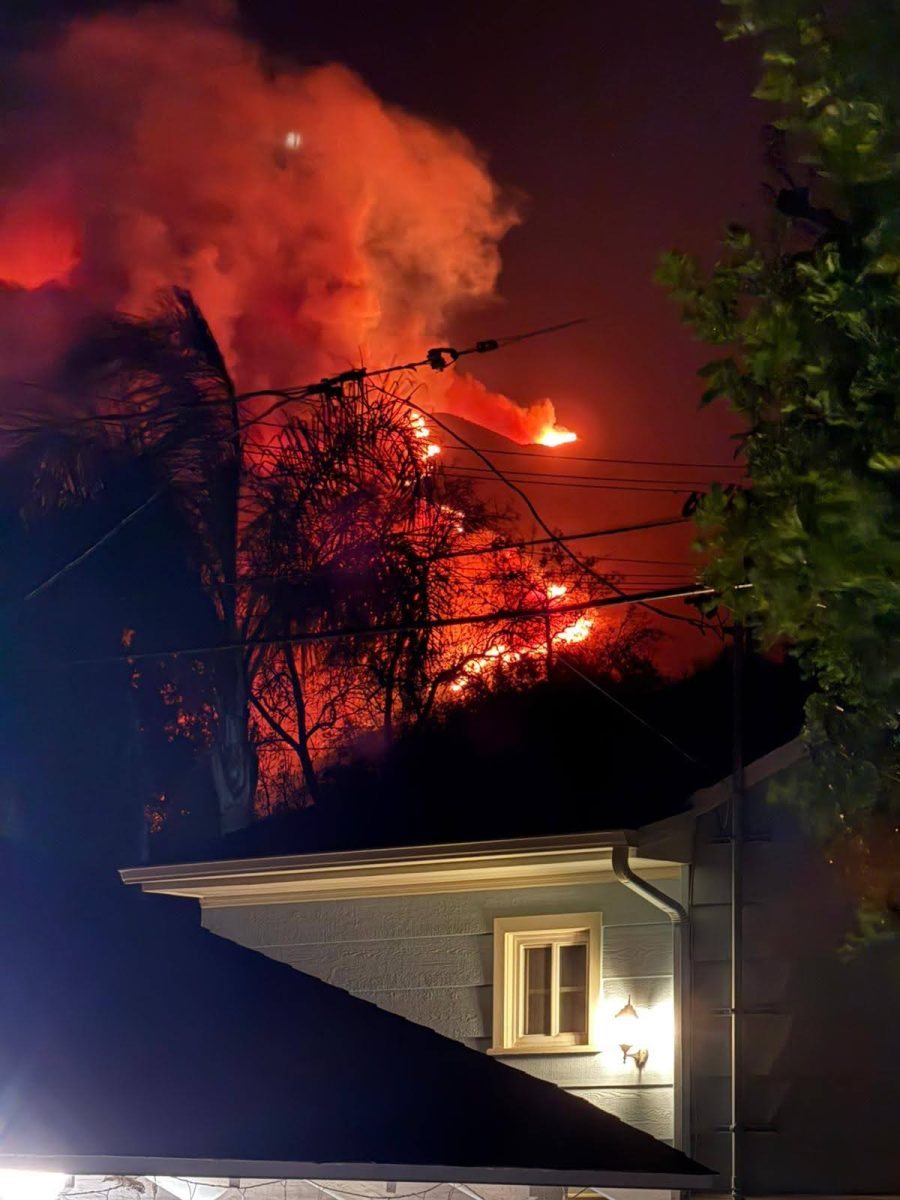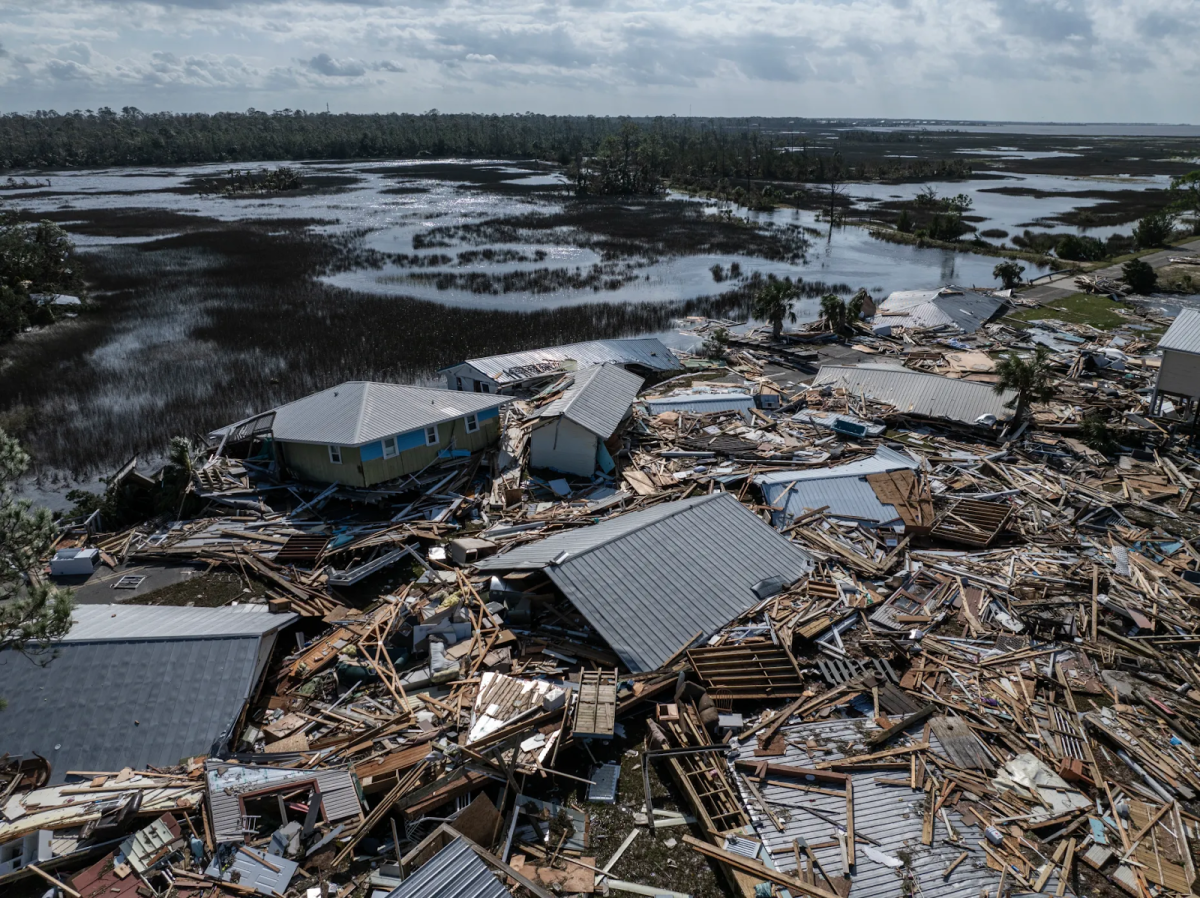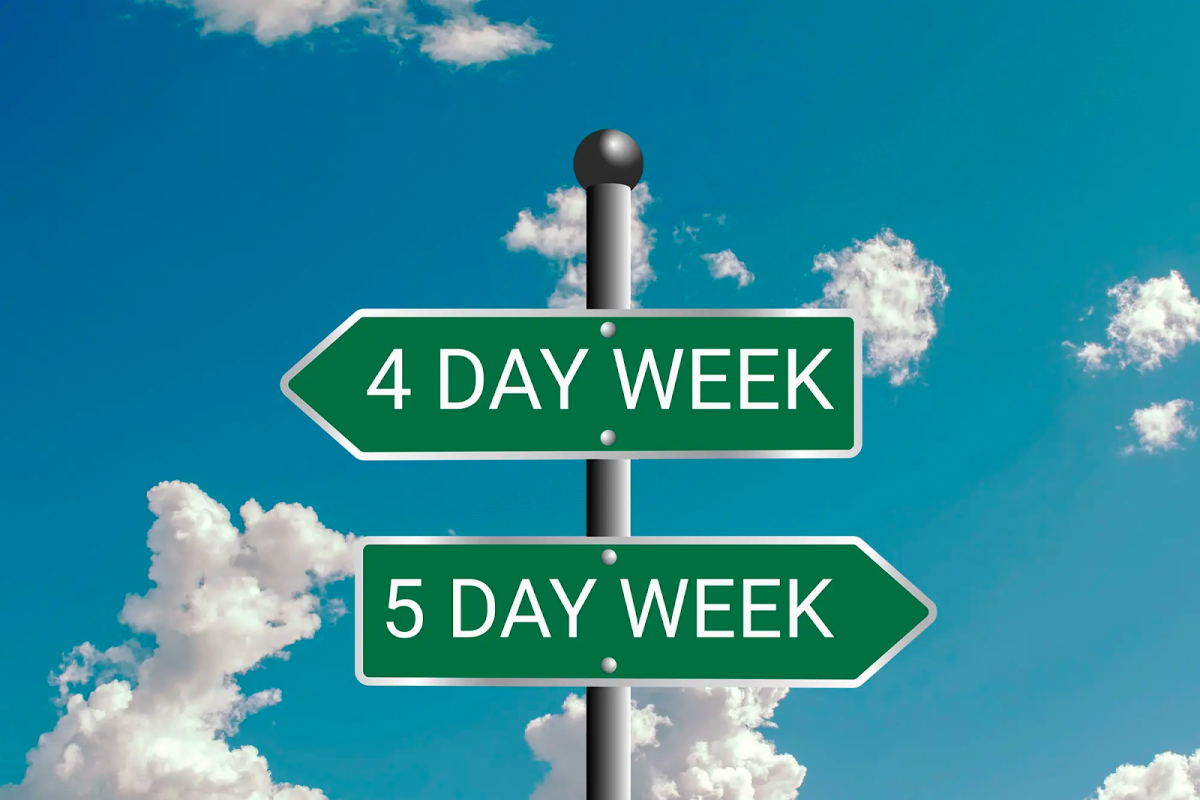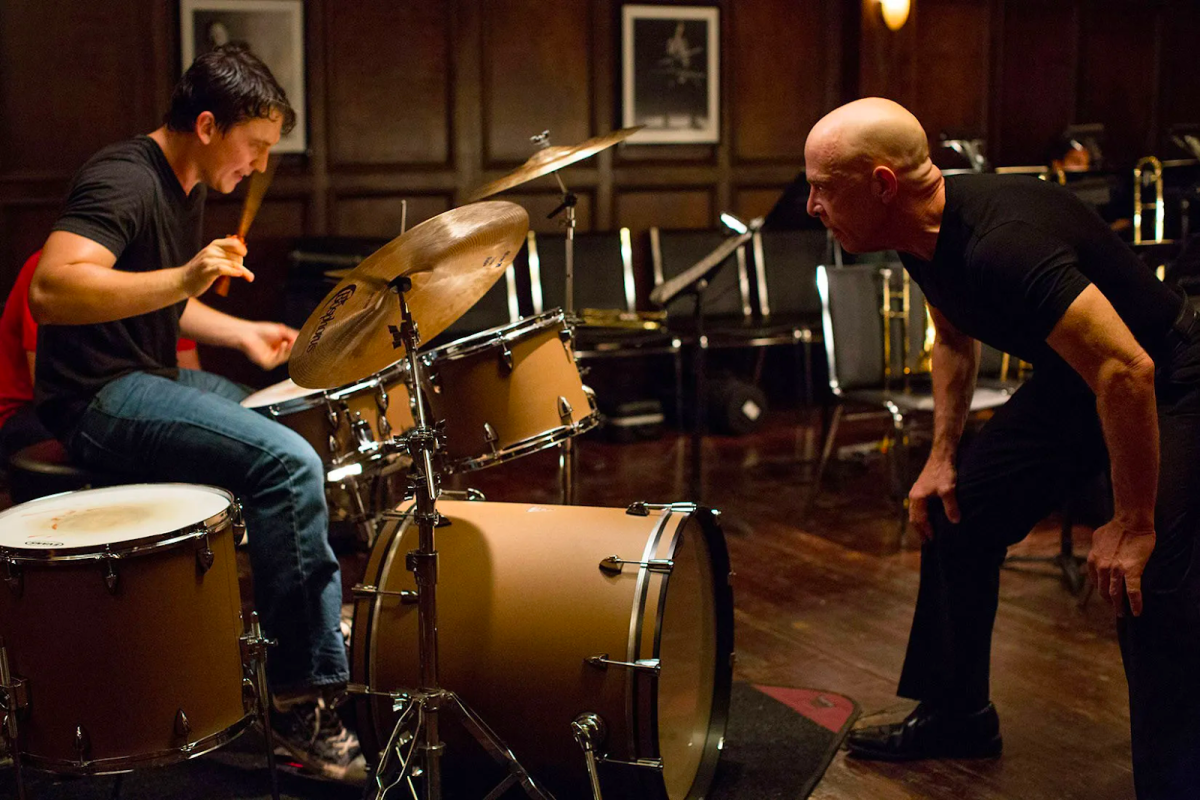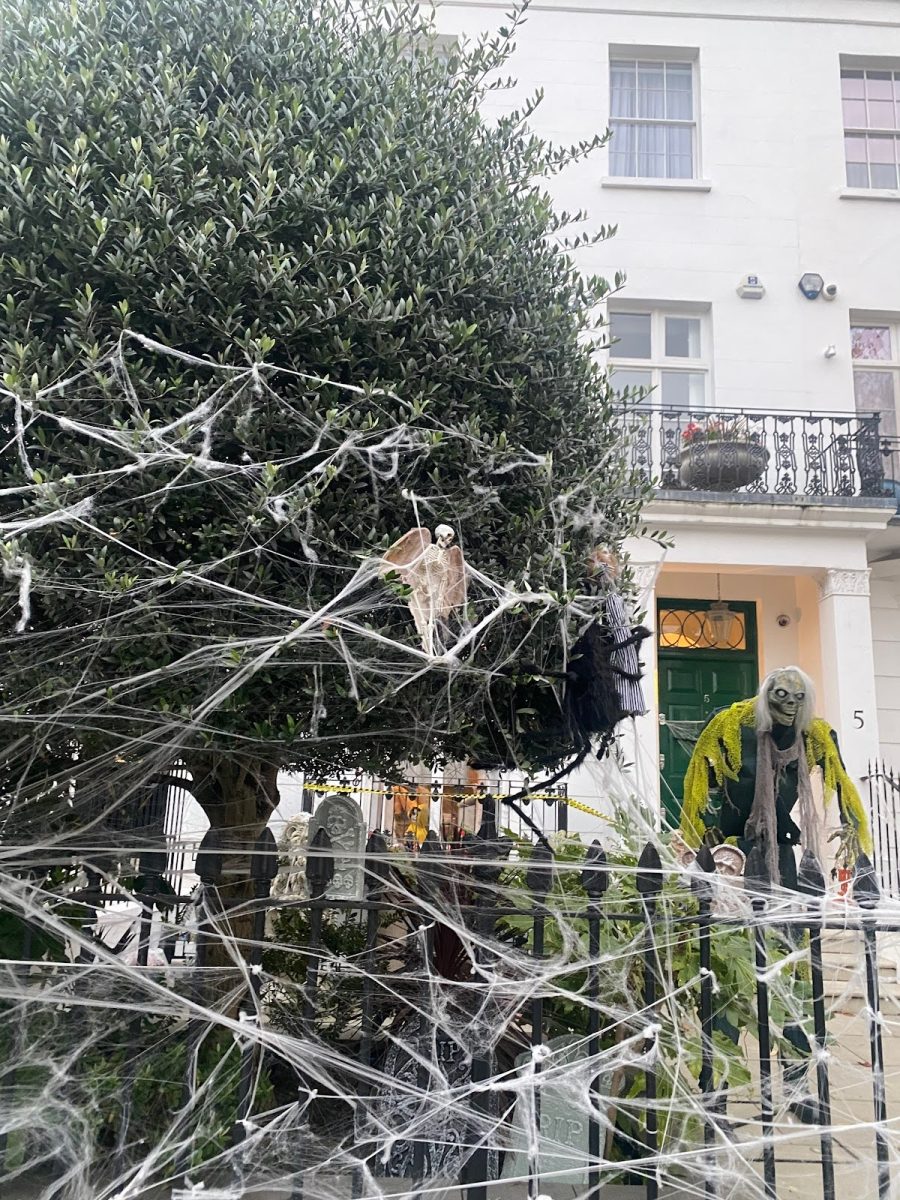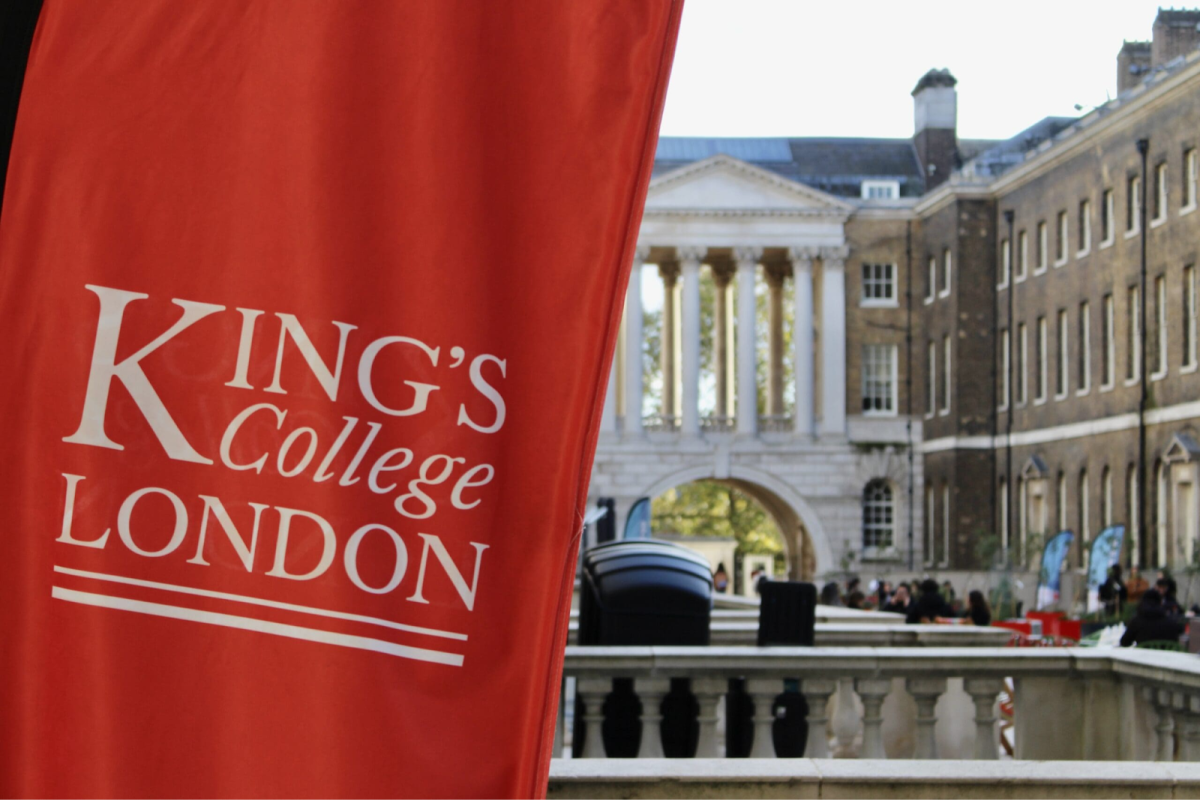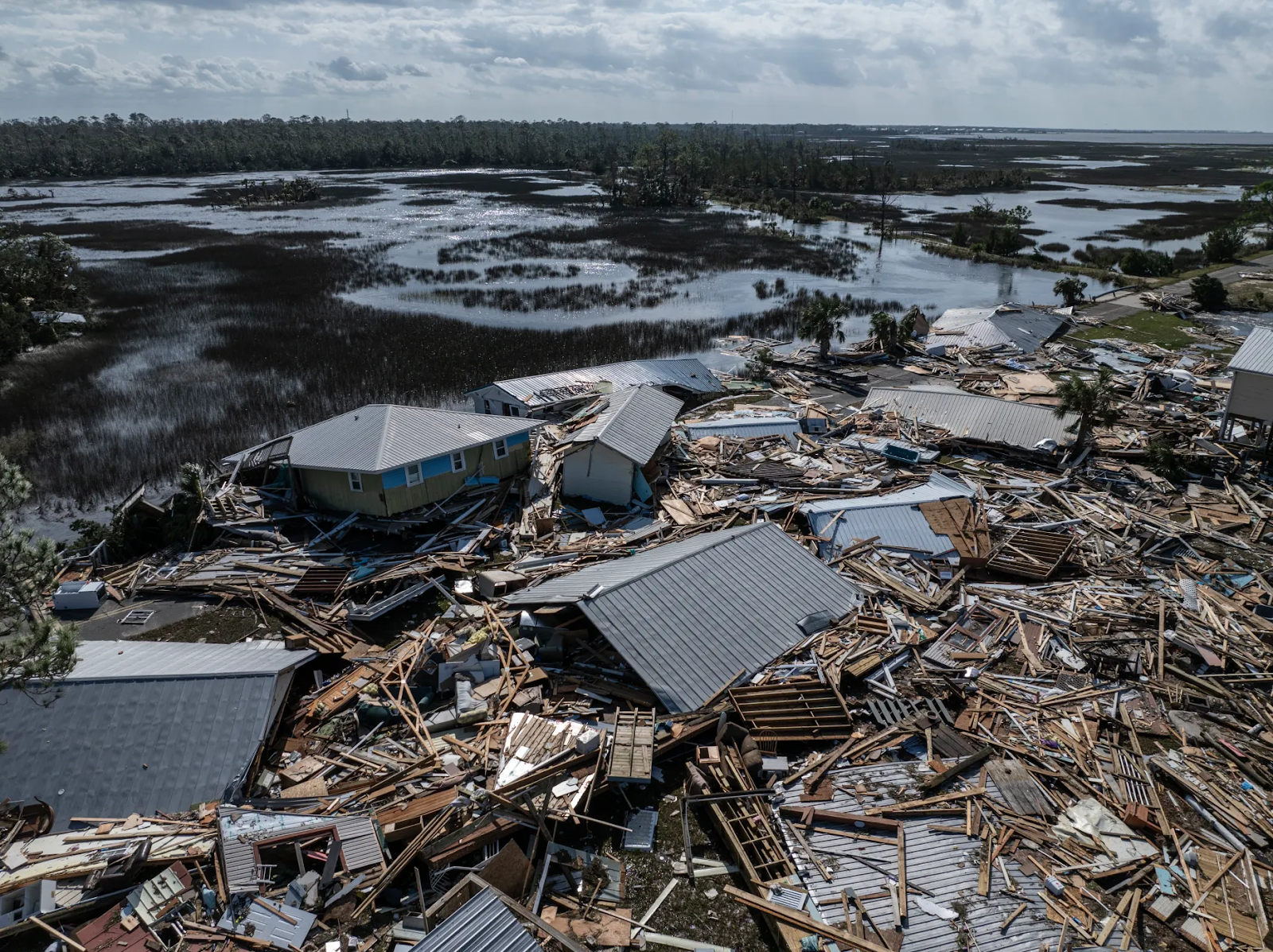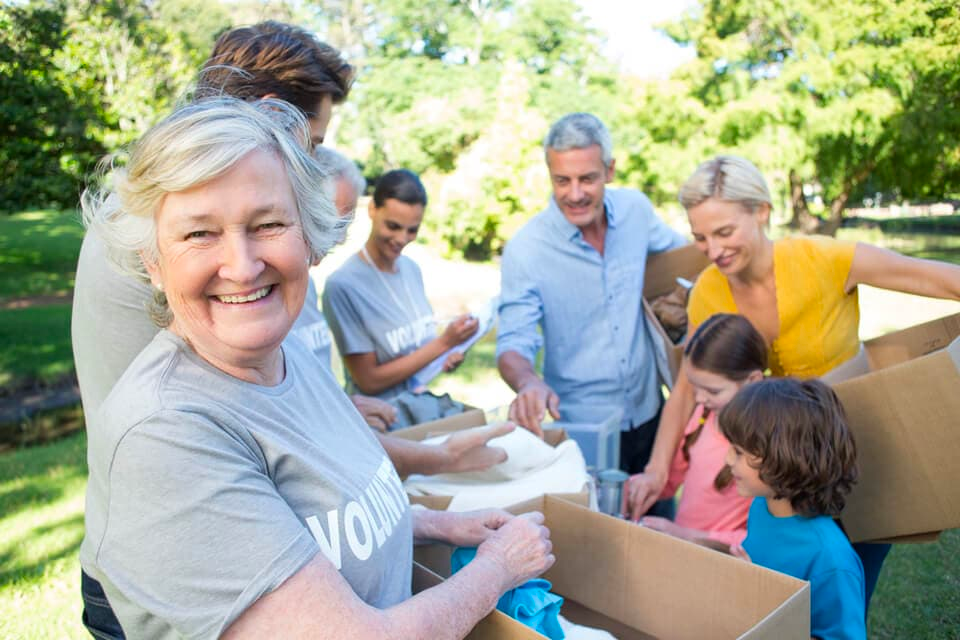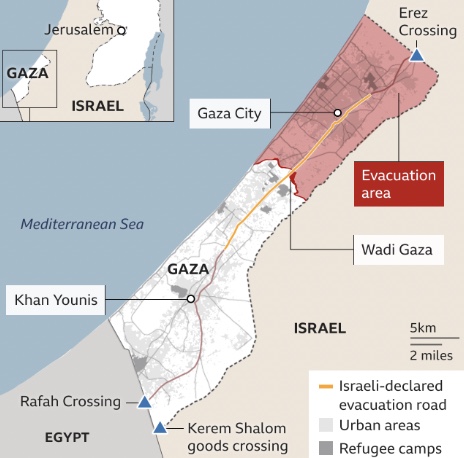With over 300 deaths and more than 3 million people without water and electricity, weather forecasters all agree that hurricane season began this September. Immediately, serious devastation was caused by gale-force winds and massive flooding.
Thanks to the state’s position along the Atlantic Ocean and the Gulf of Mexico, Florida has become famous with more than 40% of all hurricanes hitting its coasts. In fact, when hurricane Helena hit the Gold Coast on September 26th, its 140 mph winds and 29 inches of rain only caused some damage since Florida residents were well prepared. “I went surfing the day before the storm because our house is well built and we always have supplies ready for an emergency,” said Boca Raton Lifeguard Gregg Ryan who has been living in Florida his whole life.
Unexpectedly, Helena took a turn for the worst and headed inland, hitting small towns and busy cities in Georgia, Tennessee, South and North Carolina and Virginia. Residents weren’t ready and, since the hurricane sped through the southern states at a speed of 30 mph with a storm span of 350 miles wide, the destruction was disastrous. “A tree just missed my car, but my friend’s house was washed away by the river on the other side of the mountain,” said Rory Muldoon, who had recently moved from Florida to Asheville, North Carolina. Muldoon helped his elderly neighbors who were not prepared for such a storm by bringing them food and water for two weeks after the storm passed.
Florida’s Panhandle wasn’t safe as hurricane season had just begun, sending yet another storm, this time a category 5 hurricane named Milton through Florida just south of Tampa. Fear of another catastrophe spread across Florida with the hurricane making landfall at night on October 9th, just two weeks later. Even though there was less damage, tornadoes hit Fort Pierce leaving nothing in their path. “Just do the math, over four million people are without power,” said Florida governor George DeSantis after the hurricane had passed. DeSantis asked for federal aid as he expected that recovery would take months.
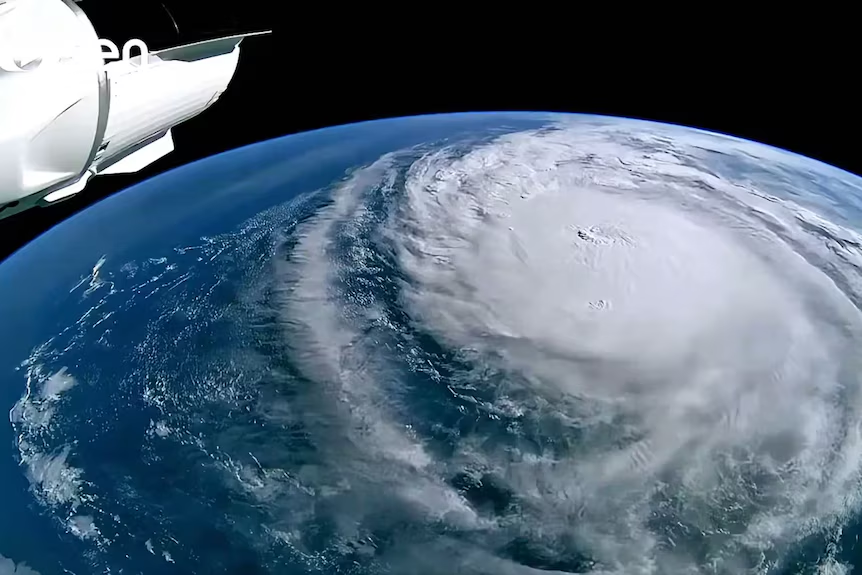 Because of the strong winds and storms caused by the hurricane, the tropicana stadium, where rescue workers were based, was severely damaged as the roof was torn off. The field, which could accommodate up to 10,000 people to facilitate the coordination of rescue efforts and the clean-up of the affected areas, was inaccessible due to severe weather damage. It will take months for Florida to get back on its feet, said De Santis.
Because of the strong winds and storms caused by the hurricane, the tropicana stadium, where rescue workers were based, was severely damaged as the roof was torn off. The field, which could accommodate up to 10,000 people to facilitate the coordination of rescue efforts and the clean-up of the affected areas, was inaccessible due to severe weather damage. It will take months for Florida to get back on its feet, said De Santis.

